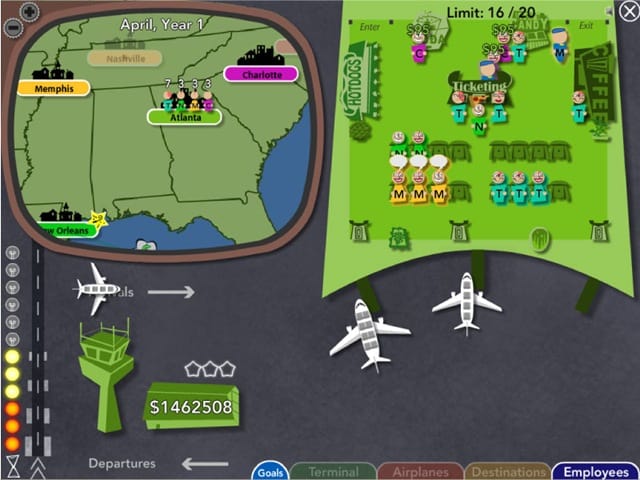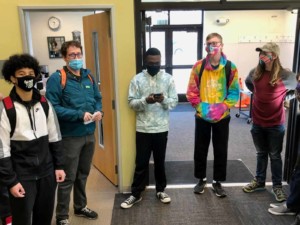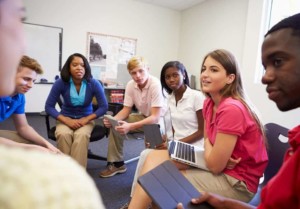High School Educator Integrates Learning Through Game Design

David Conover, a digital and interactive multimedia high school teacher at Connally High School in Austin, Texas, began using Adobe Creative Suite 6 (CS6) for graphic design and animation in games around science, technology, engineering and mathematics (STEM) topics. He learned when integrated effectively, technology melts into the background, surfacing new ways of learning material across a wide range of subject areas.
“Students create games that focus on social and cultural change,” says Conover. “For example, if the students are exploring a social science or humanities project, they could be working on a project that’s related to the mass media, 2D/3D design basics or exploring global art.”
Conover has developed countless projects that leverage Adobe to teach different subject areas, such as game design that:
- Focuses on computing through digital photography and graphic design
- Explores engineering through visualization, modeling and graphics
- Delves into the arts through research around foundation, new media, digital movies; or
- Builds math learning through natural science, physical health, nutrition and environmental science.
“Games are effective for learning new concepts because they must blend subject matter content, instructional design learning objectives and engaging game design,” adds Conover. “When done appropriately, the games target different levels of learning objectives as defined by Bloom’s taxonomy, for various skills, subject matter knowledge and tools.”
Adobe CS6 offers a curriculum that integrates games into learning. Conover has his students work in teams, using Flash to create a simple interactive game with basic ActionScript 3.0.
“The students adopt goals, have legitimate roles, and develop sophisticated relations to the various curriculum concepts,” he says. “A well developed videogame will engage players, but games designed as educational, the effectiveness needs to be integrated as a goal from the start of the design process and that sound educational practices need to be incorporated into all serious games.”
When the games are complete, Conover’s class holds a game fair and allows each team to present their games. The fairs help students discover ways to use rich media and animation from fellow classmates. In addition, the fairs develop students’ skills to evaluate effective uses of Flash on the Web and in gaming.





0 Comments
Leave a Comment
Your email address will not be published. All fields are required.